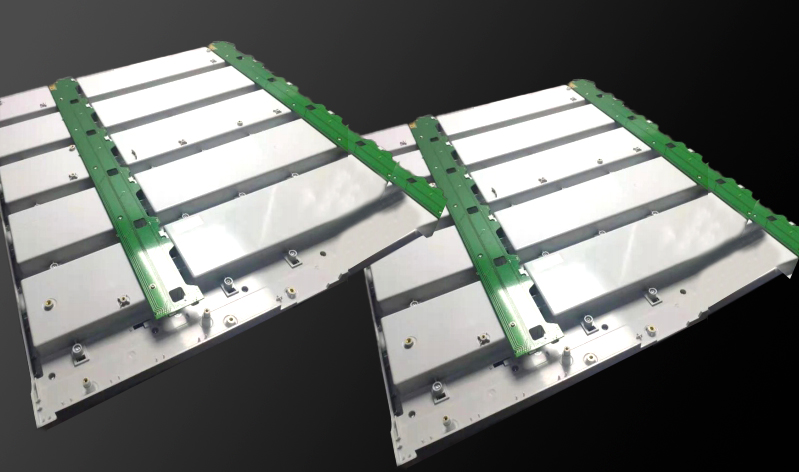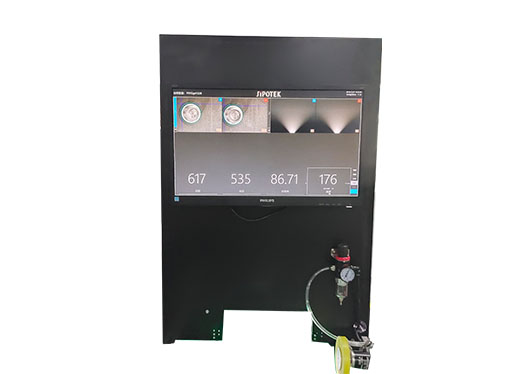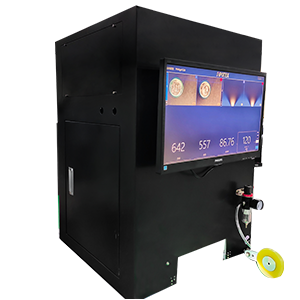Embedded pipeline detection helps detect electronic defects
Electronic parts are the basic components of electronic equipment, through the assembly and connection of electronic components to form a variety of circuits to achieve the function of electronic equipment. Through reasonable combination and connection of electronic parts, various circuit functions can be realized and constitute the core part of electronic products. In the design and manufacture of electronic equipment, it is very important to choose the right electronic parts and reasonable collocation.
Electronic parts in the production process lead to product leakage, foreign matter detection; T201 series embedded pipeline inspection machine is recommended, and the inspection efficiency can reach 15 pieces per minute.
Embedded pipeline inspection machine, equipment that integrates inspection function and assembly line production function, used to achieve product quality inspection and quality control on the production line. Embedded pipeline inspection machine has a wide range of applications and can be used in various production fields, such as electronic manufacturing, automobile manufacturing, pharmaceutical manufacturing, etc., to help enterprises improve product quality, production efficiency and market competitiveness.
Equipment characteristics
Real-time detection
The embedded pipeline inspection machine can detect the product in real time during the production process to ensure that the product quality meets the standard.
High speed processing
It has fast detection speed and efficient data processing ability, which can meet the needs of high-speed production line without affecting production efficiency.
automate
To achieve automated product testing process, reduce human intervention, reduce labor costs, improve detection accuracy.
Multipoint detection
The product can be tested in various aspects at different production stages or multiple detection points to ensure the quality of all aspects of the product.
flexibility
It can be customized and adjusted according to product type and inspection needs to adapt to different product specifications and production line layouts.
Defect detection
Can detect product appearance, size, color and other defects, identify unqualified products and timely alarm, to avoid bad products into the market.
Data recording and analysis
Record inspection data and results, conduct data analysis and statistics, help manufacturers monitor quality trends, improve production processes and product design.
integration
It can be seamlessly integrated with other production equipment and control systems to achieve automatic control and management of the entire production process.
Main function
Product inspection: real-time monitoring and testing of the appearance, size, color and other features of the product on the assembly line to ensure that the product meets the quality standards.
Defect detection: identify all kinds of defects on the surface of the product, such as scratches, bubbles, cracks, etc., timely alarm and separate unqualified products to ensure product quality.
Size measurement: Measure the size, shape and position of the product to ensure that the product meets the specifications and avoid quality problems caused by size deviation.
Color recognition: Identify the color and color difference of the product to ensure product color consistency, suitable for industries that require color consistency, such as food packaging, electronic products, etc.
Foreign body detection: Detect whether there are foreign bodies or impurities on the surface of the product, avoid quality problems caused by foreign bodies, and ensure product safety and quality.
Automatic classification: Automatically classify products into qualified products and unqualified products, improve production efficiency, reduce manual intervention, and reduce labor costs.
Real-time monitoring: real-time monitoring of product quality on the production line, timely detection and treatment of quality problems, to avoid bad products into the market.
Automation control: Seamless integration with other equipment and systems in the production line, to achieve automatic control and management of the entire production process, improve production efficiency and quality consistency.
Detection process
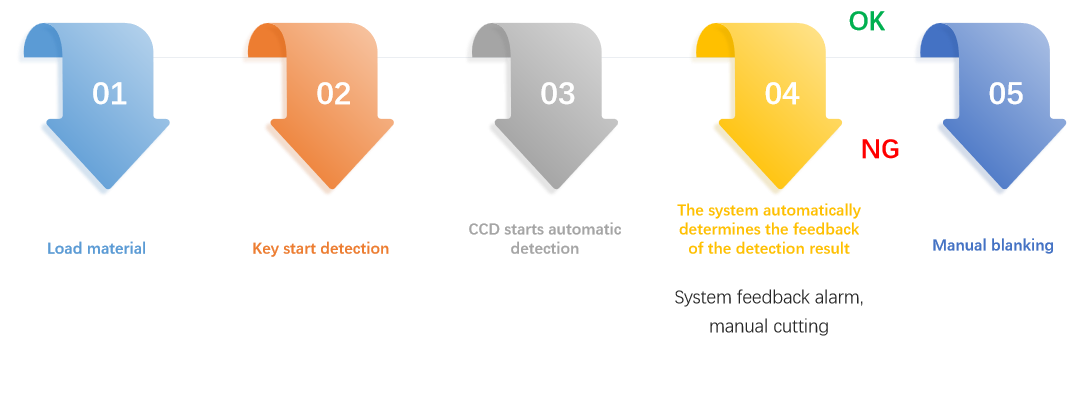
Equipment composition
Visual inspection software
Industrial computer
display
Industrial camera
Camera adjustment module
Industrial lens
Plate light source
Control system
photoinductor
Detection effect
Screw leakage can be realized
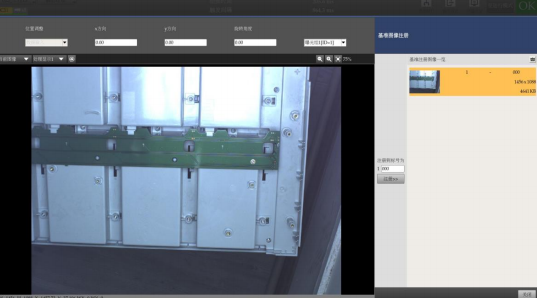
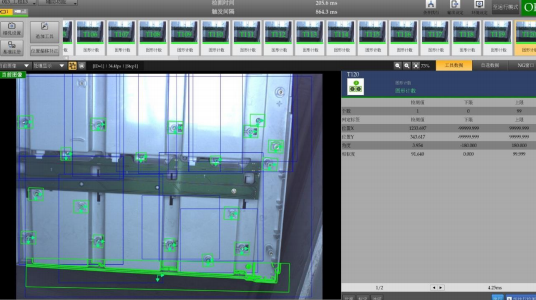
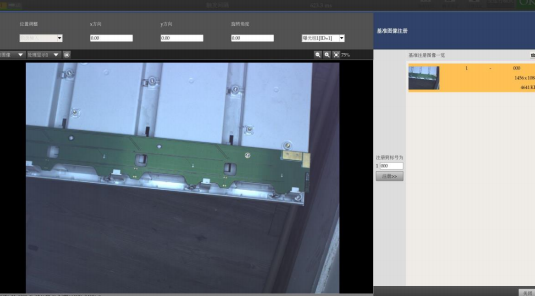
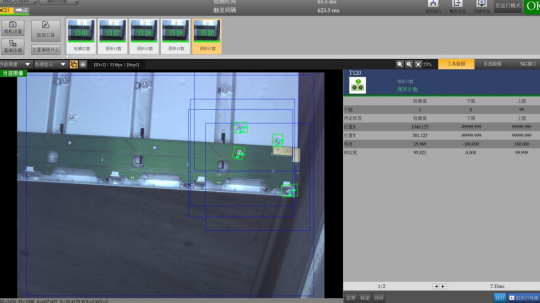
Visual inspection system installation requirements
Inspection space for equipment placement: When installing standard inspection equipment for Siptech Vision inspection systems, it is necessary to ensure sufficient space for installation of equipment.
Ambient temperature: 0-50 degrees Celsius;
Air humidity: below 90% RH;
Electronic interference: Provide a place for the device with less electronic interference.
Power supply: AC 220V, 50Hz, power consumption < 1KVA.
-
Service hotline
13077808017

